-
Car Reviews
- All reviews
- Midsize SUVs
- Small cars
- Utes
- Small SUVs
- Large SUVs
- Large cars
- Sports SUVs
- Sports cars
- Vans
Latest reviews
- Car News
-
Car Comparisons
Latest comparisons
- Chasing Deals
It was one of the best years for cars in Australia. 2014 not only saw the production of Chasing Cars commence in earnest…but the industry lifted the lid on a significant number of new models, updates, and innovations in the year that was.
Australians continued their flock to SUVs, and we saw plenty of exciting, new high-riding models. But other sectors burgeoned, too – with entertaining new electric vehicles, while conventional petrol and diesel models continued to become more efficient,
More than a million new cars are sold annually in Australia. Choosing the right model is a complex, difficult task, with more than 200 individual models for sale despite our small market. We’re here to make that job easier.
Here were the models that impressed us the most in the last twelve months.
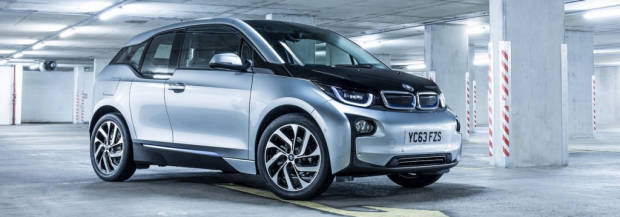
BMW showed us the future of city cars in 2014. Though the revolutionary three-door remains prohibitively costly, the 130-200 kilometre range shows how runabouts need not use a drop of petrol, even on long commutes to and from work. Plus, the quality interior and loving BMW build quality make this the best town-focussed EV yet. From $63,900.
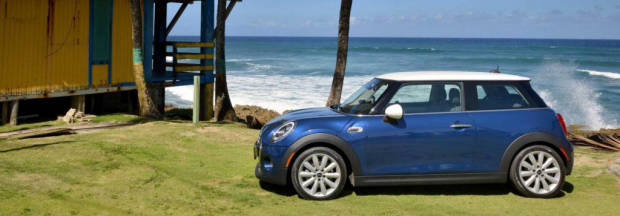
The Mini Cooper’s third-generation hit Australian roads in 2014. While the design flavour remains much the same, under the skin the front-wheel-drive Cooper got even better. With a range of punchy, passionate three-cylinder turbo petrols and the option of five doors for the first time, the Cooper goes from strength to strength. And, it’s still the last word in go-kart handling in a small car. From $26,650.
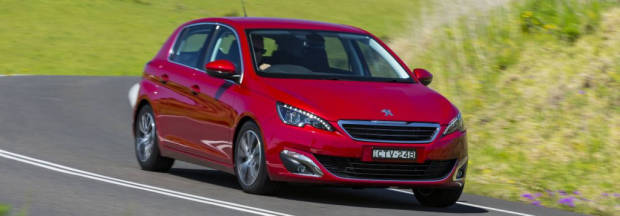
Peugeot continued to destroy our preconceptions of French cars, inspired by a decade of fat, unreliable, uninspired models. The 308 is none of that. Awesome three-cylinder petrols power the cheapest 308s, and all of them have lovely cabins with great materials, small steering wheels, and a crisp touchscreen. French flair rarely translates to automotive excellence. However, Peugeot have done just that. From $21,900.
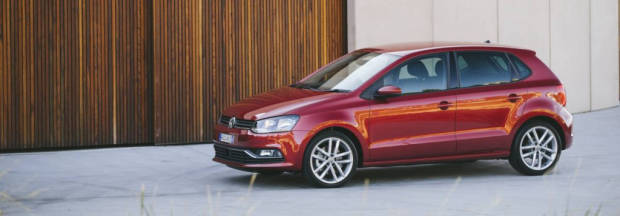
Is there a better city car than the Volkswagen Polo? We doubt it. It drives well – almost as well as the superb Golf – and, motivated by a couple of enjoyable turbo petrols, it’s both efficient and rearing to go. We drove one through the French wine country and found it to be an incredibly solid performer in wet and dry. The updated Polo’s cabin is now top of the class – and its diminutive size makes it a tootle around town. From $16,290.
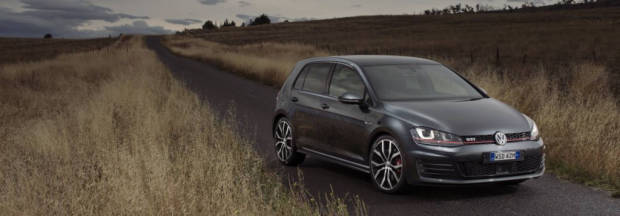
Speaking of remarkable Volkswagens, the Golf range can’t be overlooked. All of them are wonderful – but we’re drawing specific attention to the ultra-impressive GTI Performance model. For an additional seven grand over the base GTI manual, the DSG-only GTI Performance brings an additional 7kW to the original hot hatch. But the biggest feature is the trick electronic differential lock, a first for a front-driver. An adjustable chassis and bigger brakes complete the picture to make this the best buy of the fast VW hatches – even better than the Golf R. $48,490.
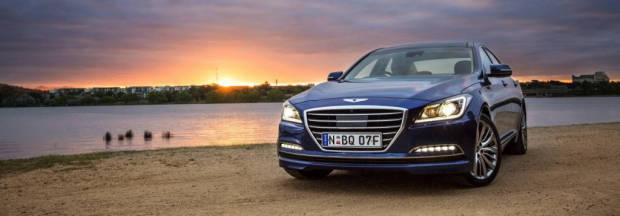
Hyundai, who have seriously turned up the heat on their R&D, engineering, and marketing in the last five years, smashed into the premium sedan segment late in the year. The Genesis may be a traditional rear-drive, V6 sedan, but this price point has never seen the sheer level of technology and comfort the Korean brings. We know what will replace the Holden Caprice of the nation’s hire car fleets when the Australian option disappears. That’s not to say that the Hyundai won’t make plenty of private buyers very happy indeed. From $60,000.
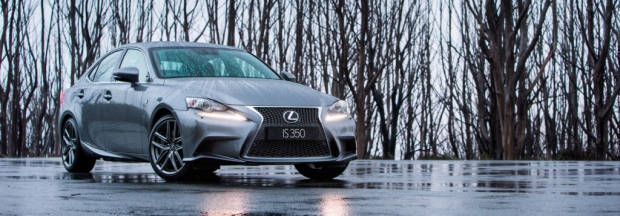
We’ve included this focussed, small Lexus sedan on the list in recognition of how far it came from the car it replaced in 2014. No, the IS350 isn’t up there with the Mercedes in cabin design, or the BMW in terms of chassis purity. Instead, what the Lexus does is combine the great bits of all of its competitors, and adds many attractive features of its own. The high-revving, quick 3.5-litre V6 is quite delightful; the tight cabin wraps around the driver, and the rear-wheel-drive balance is great for quick cornering. We’ll have an F Sport in white, thanks. From $65,400.
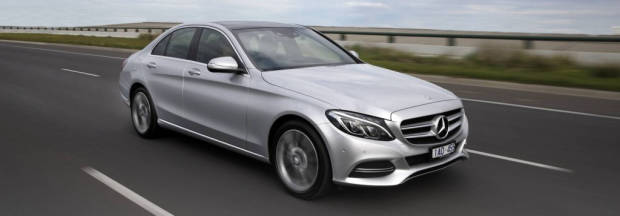
The best small German luxury sedan takes another leap forward for the W205 series. Not only does Mercedes-Benz‘s best-selling Australian model look incredible – and much like the flagship S-Class – but the C-Class also benefits from a superlative cabin, very reasonable pricing, and quality engineering. It’s a pity that most of the engines carry over from the previous car, but then again, they weren’t bad to start with. The C-Class also offers magnetic ride control as an option, taking ride comfort in this class to new heights. We love it. From $60,900.
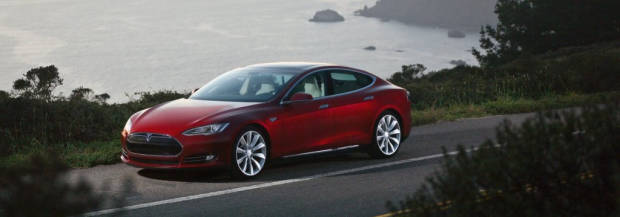
Elon Musk’s Tesla has done more than design a great luxury sedan in the Model S. They’ve also shown us that the future of motoring once oil dries up is a bright one. Proving that electric cars don’t have to be boring or slow, Tesla’s first model for the Australian market is a terrifyingly quick saloon offering the peace of mind of a long range. Running into the 500 kilometre region is a significant step in the maturation of electric cars. And given that it’s in the form of a seductive sports car and not an econobox, we’re ready to embrace our electric future. From $96,208.
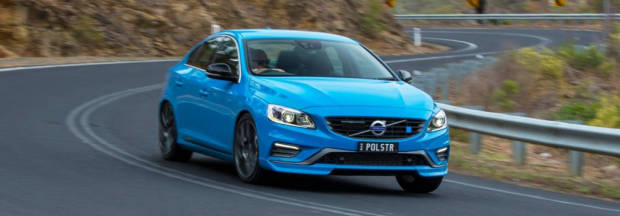
While the Volvo is a quiet contender among small premium sedans, it’s actually one of the best cars you can buy for under $100,000. From the sophisticated new turbo four-cylinders, to the unbelievable seat comfort, to the attractive Scandinavian design, the S60 is a deeply enjoyable car. In all its forms, it’s the thinking man’s alternative to the German options. And, for the enthusiast, the frighteningly-fast S60 Polestar, seen often in electric-blue paintwork, offers gobs of power and all-wheel-drive surety for less than an Audi S4. From $49,990. Polestar $99,990.
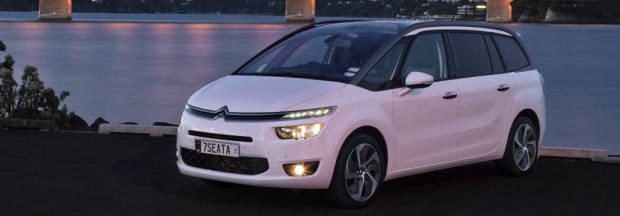
In 2014 we lost the ‘sexy’ Honda Odyssey (which became a box), and its place as head of the minivan pack was taken by the Citroen. This large wagon packs an ultra-usable, seven-seat cabin underneath fresh and modern looks. It’s easy to drive and to use, and the clever interior design makes this a practical option for big families, or smaller ones with lots of friends and/or stuff. And you don’t look like you’re driving a stodgy van while you’re doing it. $43,990.
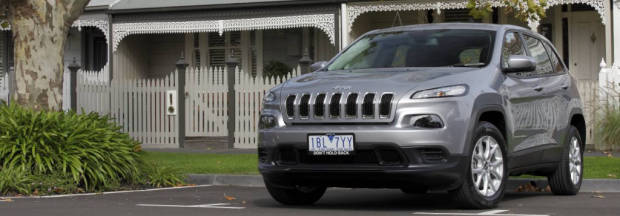
The Jeep is the distinctive choice in a field of generic-looking family SUVs. We liked it for that from the start; but, in the flesh, the Jeep is not only easier on the eye, but is also seriously impressive to live with. There’s a range of engines, including an efficient new diesel, and unlike anything we’ve seen from America before, the Cherokee presents a beautifully-assembled cabin, too. There may be a two-wheel-drive version, but that doesn’t mean Jeep has abandoned off-roading credentials: the Trailhawk flagship is seriously useful when the going gets tough. From $33,500.
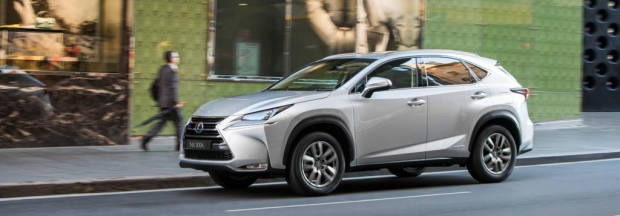
Showing that late is always better than never, Lexus dropped the small NX crossover into the luxury SUV fray late in the year. After handing Chasing Cars an electric-blue F Sport model, it became clear that the Japanese maker has learned much from similar Audis and BMWs – as the NX is quite divine. The hybrid drivetrain isn’t overly inspiring, but the forthcoming turbo will be. Plus, the stiff chassis, premium interior and impressive technology all wooed us. From $55,000.
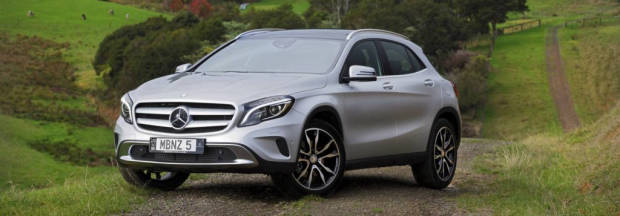
We’re hesitant to call the smallest Mercedes-Benz crossover an SUV, but that’s a good thing. The GLA-Class is a more practical A-Class: there’s more headroom for your passengers, there’s more room for your stuff. But what’s underneath stays the same – an efficient and punchy turbo petrol (far more interesting than the base diesel), a funky cabin, and a design fresher than what’s offered by the BMW X1 or Audi Q3. It’s not large, though, and the price tag is a little higher than we’d like. $58,600.
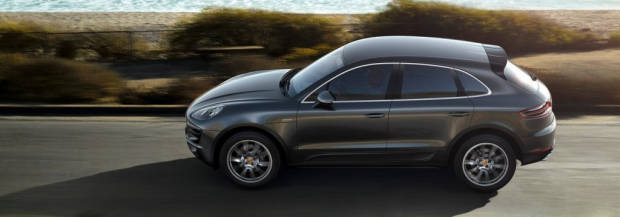
Our stint behind the wheel of the new small Porsche SUV confirmed our opinion: that it might just be the finest SUV produced, ever. It really is: the engines each shine in their own way, from the swift diesel to the gob-smacking Macan Turbo. Better still is that the compact chassis means the lessons learned producing the sporty full-size Cayenne are even more perceptible in the Macan: this little truck corners like nothing higher than a coupe should. There’s not much we can do about the full-speed march towards SUV accumulation – but if they were all like the Macan, the world would be a better place. From $84,900.
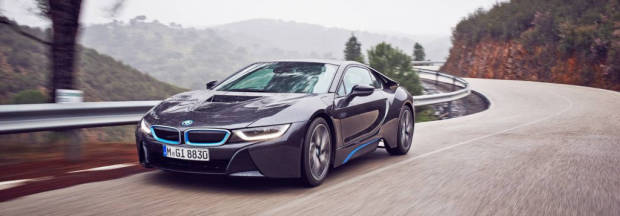
Wow! BMW have built a stunning electric supercar here in the i8. It may not be overwhelmingly fast, with a 4.4 second sprint to 100, but its hybrid architecture pairing an electric motor to a three-cylinder turbo petrol makes for impressive dynamics. Weight has been saved everywhere, but luxuries remain aplenty inside – and this is a car entered exotically, through gullwing doors. The future of two-door sports cars looks positively delicious. $299,000.
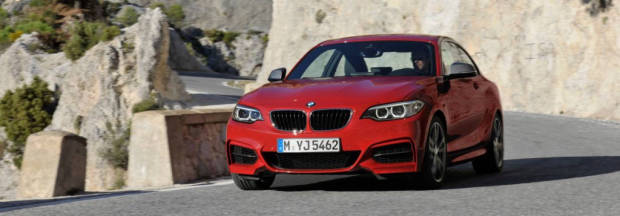
While the two-door BMW M3 lived on as the M4 in 2014, the Bavarians didn’t forget about their heritage in producing delightful, small, fast coupes. Enter the M235i, which terrorised us with equal measures of swift six-cylinder performance, low and tight chassis, and sultry looks through the year. The 2-Series is our pick for the best-driving BMW of all, and the M235i isn’t even the most serious version – BMW M are getting their hands on it, and we imagine the M2 will have our jaws dropping in 2015. $79,930.
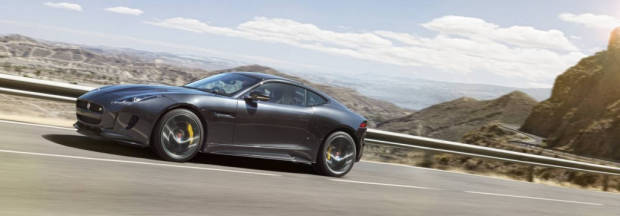
The Jaguar everybody loved as a roadster in 2013 added a coupe option in 2014 – making it even more attractive to those looking for a great British sporting buy. The F-Type V6 S is a particularly gorgeous thing – not outrageously expensive if you’re in this kind of market, while offering brilliant sub-five second performance and a terrific growl. Of course, the V8 S and F-Type R sit in a league of their own. The Jaguar is passionate, virile motoring distilled. From $119,430.
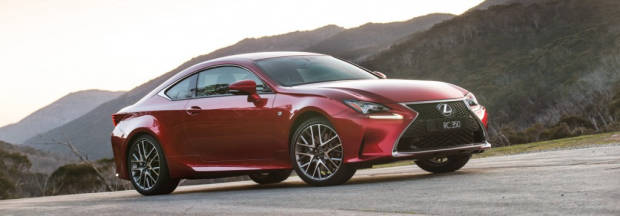
After a convincing performance from the new IS350 F Sport, eyes were on Lexus, who debuted the two-door RC in 2014. Nobody expected it to be this accessible – just a touch more than the IS sedan that it borrows an entertaining 3.5-litre V6 from – and nobody expected it to drive this well. The F Sport model in particular has delightful bite. The joy of naturally-aspirated power remains alive and well here, distinct from the turbocharged experience of the BMW 435i that the RC is chasing. From $66,000.
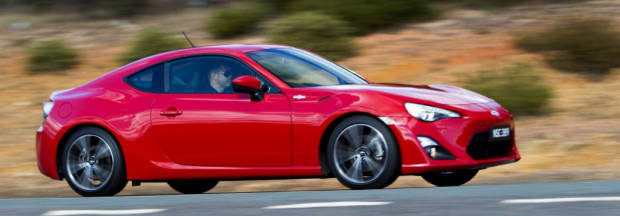
The Toyota coupe that just keeps hitting Chasing Cars lists. Why? Three years on, the 86 – and its Subaru BRZ twin – remains fantastic motoring. At an accessible price, the 86 is incredible out of the box, with pure, balanced handling that keeps you coming back for more. Sure, we long for a turbocharged model with much more poke than the aspirated four has to give. But with the six-speed manual, flogging the Toyota two-door is a delightful, tactile experience. From $29,990.
That’s a wrap on one big year – and we look forward to spending another big one with you, welcoming new readers and manufacturers into the fold, as Chasing Cars drives further down the road ahead. We hope you’re a part of it.
Latest news
About Chasing cars
Chasing Cars reviews are 100% independent.
Because we are powered by Budget Direct Insurance, we don’t receive advertising or sales revenue from car manufacturers.
We’re truly independent – giving you Australia’s best car reviews.